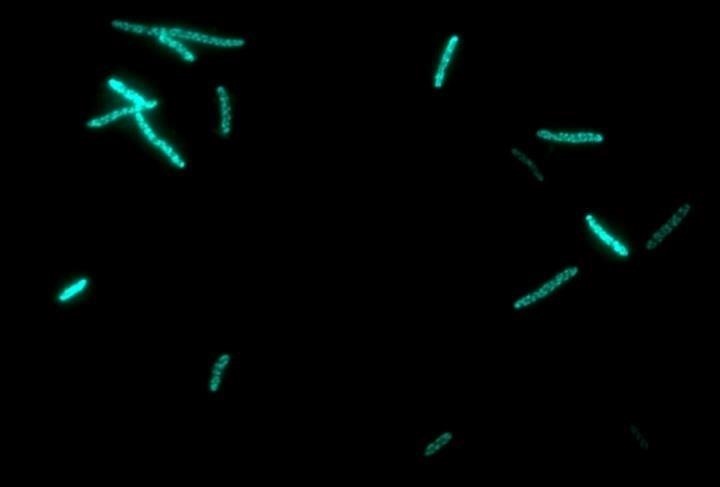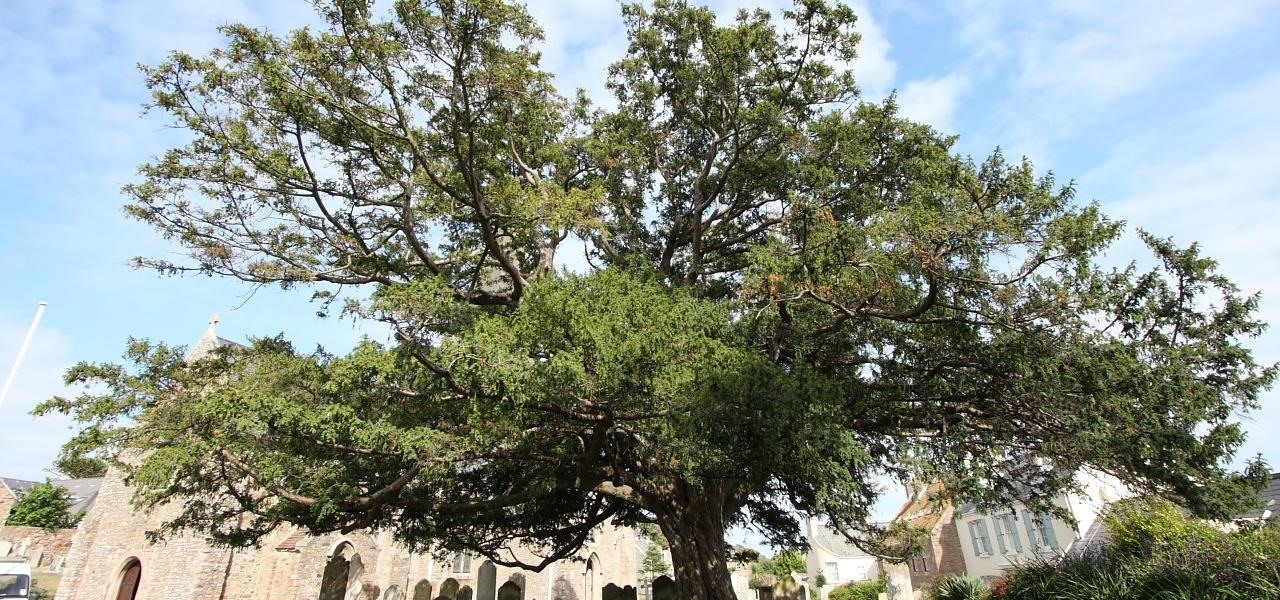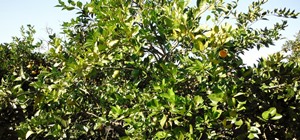Cytochrome P450 (P450s) are proteins found in nearly all living organisms, which play roles that range from producing essential compounds and hormones to metabolizing drugs and toxins. We use some of the compounds synthesized by P450 in plants as medical treatments, but the slow growth and limited supply of these plants have put the drugs' availability in jeopardy and jacked up prices.
Now, scientists have found a way to put plant P450 genes into E. coli bacteria — that multiply rapidly and create compounds at a steady clip — and get them to churn out large amounts of P450 that we can use to synthesize the plant compounds we use as medicines. The new development has the potential to solve drug scarcity and high costs associated with the low supply of plants.
The research, by Darío Vázquez-Albacete from Novo Nordisk Foundation Center for Biosustainability, in Hørsholm, Denmark was published June 12 in Biotechnology and Bioengineering.
The Many Faces of P450s
More than 100,000 different natural plant products are known so far, and scientists predict there may be millions left to discover.
Researchers classify natural plant products into two categories. They can be defensive — for example, natural antimicrobials or toxins that fight off invaders, or attractants — like scented compounds that attract pollinators produced by flowering plants. P450s play a vital role in the production of many of these plant products.
Humans have discovered uses for many plant products synthesized by P450s. Alkaloid-containing plants like the deadly nightshade give us belladonna, a drug used for bowel disorders. The alkaloid-containing opium poppy has been used in human medicine for thousands of years and has given us the potent anesthetic morphine.
Two examples of plant chemicals used in human disease treatment are taxol and ingenol. Yew trees are a source of taxol, a powerful cancer-treating chemical and ingenol is found in the sap of the plant Euphorbia peplus. Ingenol is used to treat psoriasis and other skin conditions. The P450 enzymes in these plants produce these natural compounds.
Yew trees are an endangered species, and wild plants like these can't meet the demand for drugs like taxol and ingenol. That's where the new technique developed by Vázquez-Albacete and his team come in.
Pumping Out P450s
The research team used genetic engineering to create a system that could produce plant P450s in quantity. To do that, they called on bacteria.
E. coli bacteria double in number about every 20 minutes. That means in 24 hours, five sextillion bacteria can result from a single bacterium.

The researchers capitalized on E.Coli's fast generation time to amplify P450 in these organisms quickly. They modified and transferred P450 genes from plants to E. coli bacteria. They developed a set of DNA sequences corresponding to 50 different plant P450s and the bacteria translated those genes into functionally active plant P450s.
The new technique is a significant step forward, as plants produce P450 enzymes in very small amounts, extraction is very complex and sometimes we have to use polluting chemical synthesis processes which involve the use of oil derivatives.
The potential of this technique for commercial production has not gone unnoticed. Several pharmaceutical companies have already expressed interest in the technology. By generating P450s essential to the synthesis of plant products, we may soon have an efficient way to produce the plant compounds we need on a large scale without impacting plants already existing in nature.
Just updated your iPhone? You'll find new emoji, enhanced security, podcast transcripts, Apple Cash virtual numbers, and other useful features. There are even new additions hidden within Safari. Find out what's new and changed on your iPhone with the iOS 17.4 update.


























Be the First to Comment
Share Your Thoughts